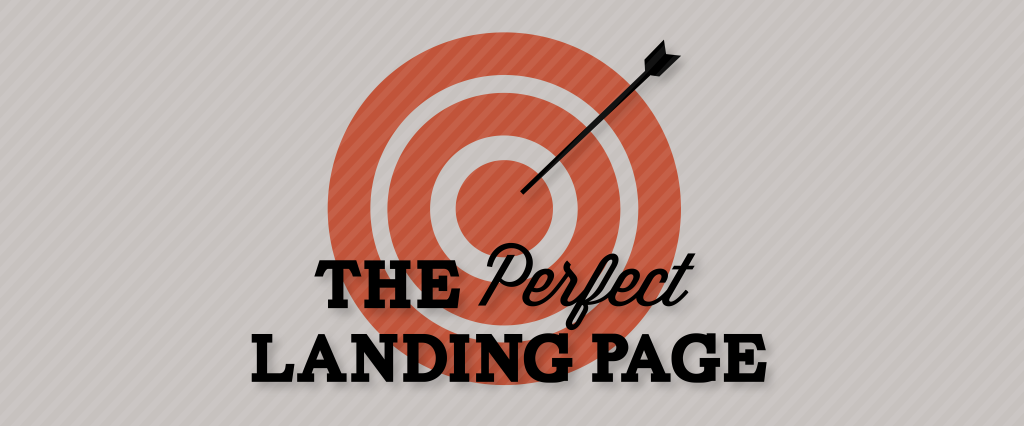
All too often, consumers receive some form of marketing collateral and are directed to the companies homepage or shopping cart, leaving them without sufficient information to make an informed decision.
In order to educate consumers, improve click through rates and ultimately increase conversions, marketers need to stop dumping potential customers onto irrelevant pages and start using dedicated landing pages. Landing pages are a great tool to provide additional content to your marketing collateral.
Landing Page: A standalone web page that is distinct from your main website that has been designed for a single focused objective. In short, this means your landing page should have no global navigation to tie it to your primary website. Marketers design landing pages in order to encourage a visitor to click through to another page.
When designing a landing page, use these 5 tips to ensure your page is effective and helps improve your overall conversion rates.
- Write with purpose. Use a succinct value statement so visitors understand the purpose of the page immediately. It’s usually the first thing people see on your page, so you want it to be compelling enough so they are intrigued to read further. If your headline is too long, consider adding a smaller subhead to explain your purpose in more detail while keeping your headline short and sweet.
- Only include one call to action. The call to action should be the only action you can take on the landing page. Do not include other possible distractions. No menu bars or links that could potentially take a consumer somewhere else. The CTA should be clearly displayed with a large colored button. If your page happens to be long, consider a floating CTA, which moved as your scroll down the page. It’s often best to include your CTA after you’ve provided adequate product information to persuade a consumer to purchase but also shouldn’t be buried to far down a page. I like it to be visible without having to scroll.
- Provide adequate product detail. Generally, on landing pages consumers are learning about your product for the first time. In order to get them to convert, you need not to just push a product, but provide information. The style in which you write about your product should be in the form of how it will benefit the consumer, not just by listing the features. Make sure to break up the text into digestible chunks and leave enough whitespace. Remember, less is more. Keep the text and images on the page simple and to-the-point.
- Include Social Proof. Consumers like to do business with a company or purchase a product that has positive reviews. One way to build trust is to use testimonials. Other forms of social proof include press articles, customer logos or social widgets which include the number of social media followers.
- Spend time on the page design. Content on a page is important, but if your design is weak, you will most likely loose a potential customer from the start. A general rule I apply to all landing pages is the “blank sheet of paper test”. If you were to design your landing page and only include enough information on that 1 page (without having to scroll down the page on their computer) in order to educate a consumer on your product and convert them, could you do it? You will want to focus your visitor’s attention to your call to action (the conversion area), but also want to highlight key product benefits. While imagery and videos are powerful visual aids, make sure to balance the amount of space you dedicate to these elements. Designing a page is really all about balance.
Here is a great resource that spells out a few effective landing pages that perfected their design!
http://blog.hubspot.com/marketing/landing-page-examples-list
So, there you have it, a few simple tips to help you as you start to develop your targeted landing pages. Remember, after you’ve developed your landing page, test everything, optimize your page based on these results and keep track of what’s worked and what hasn’t!
